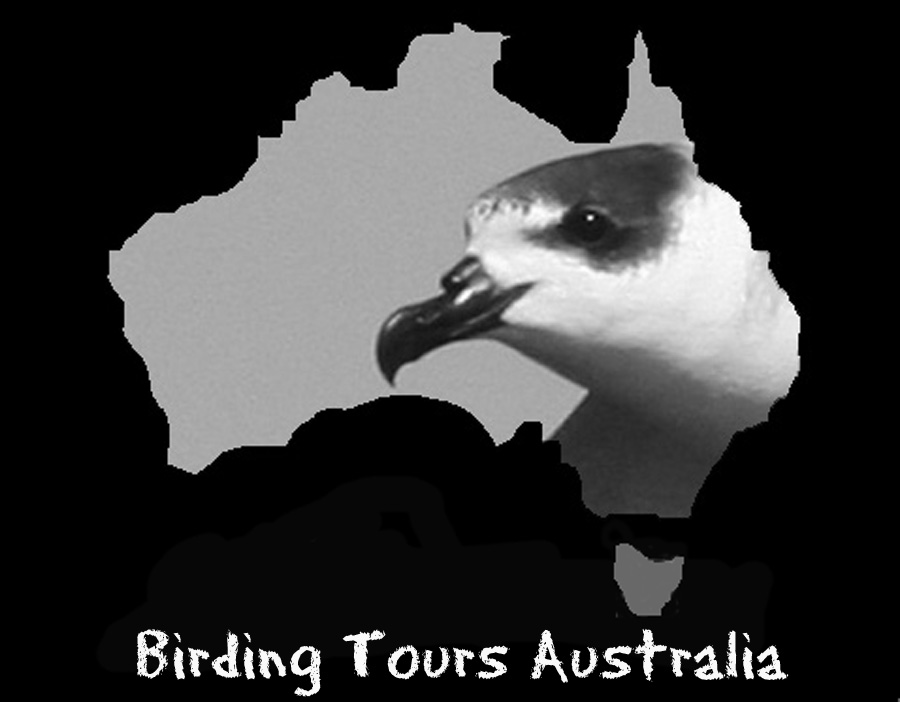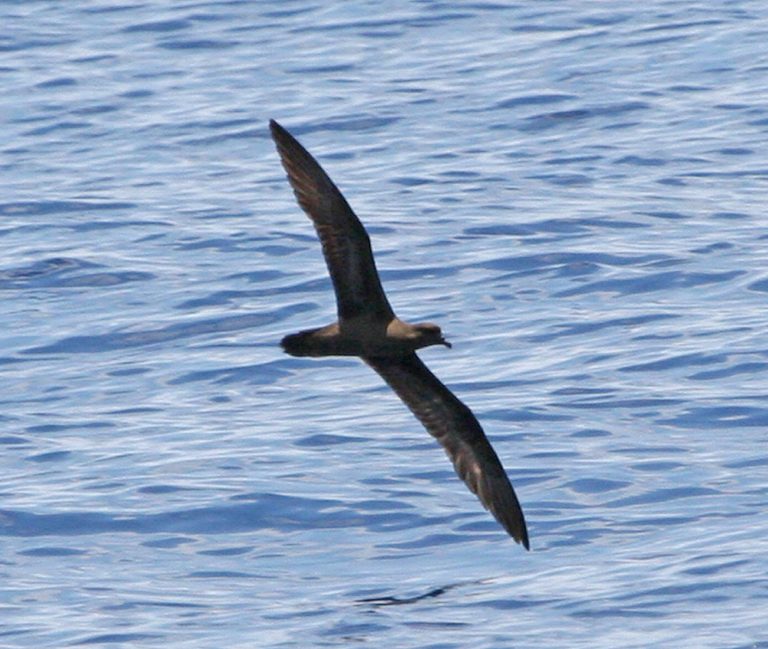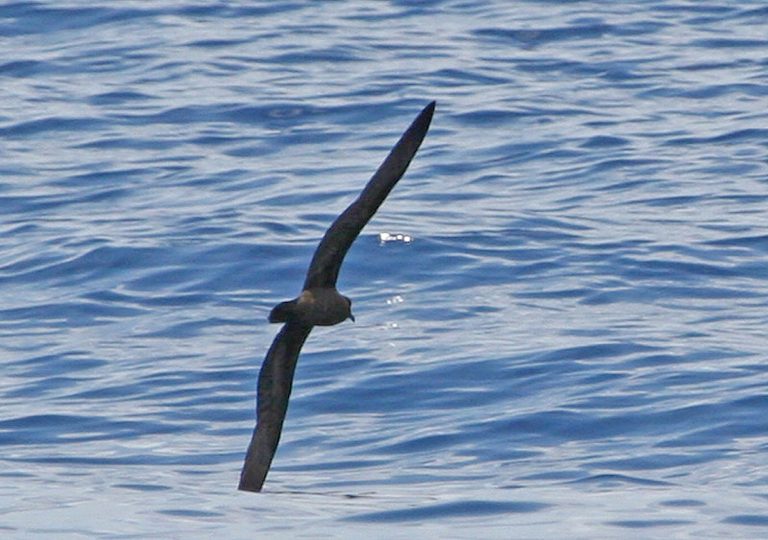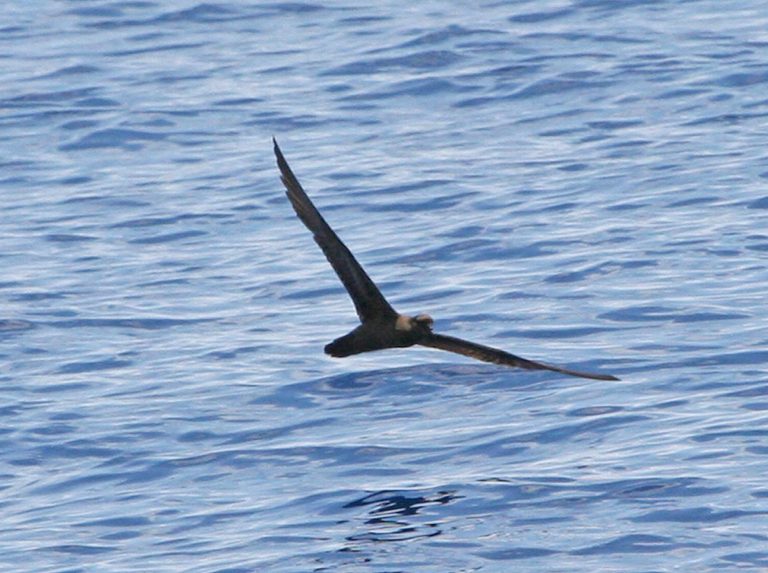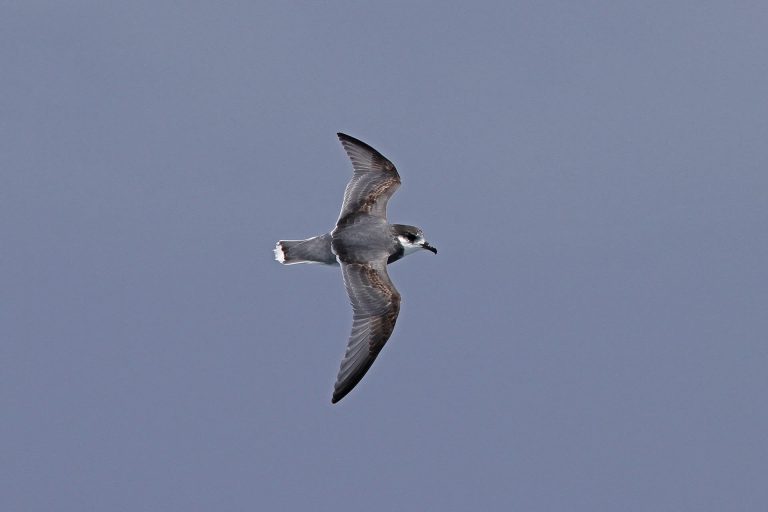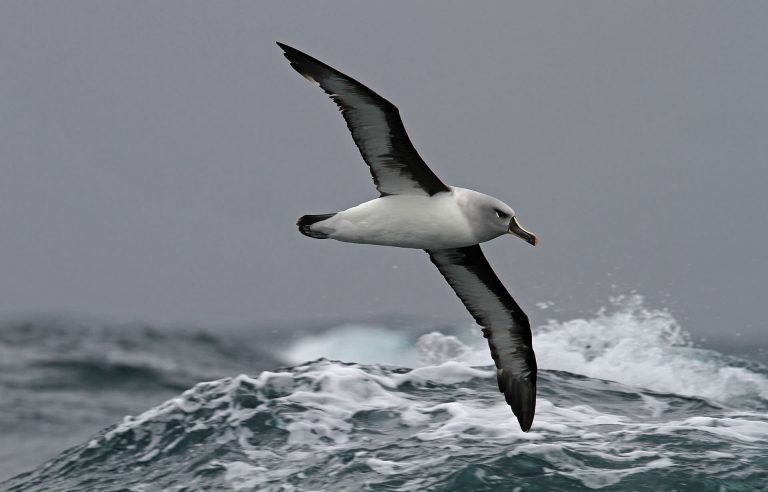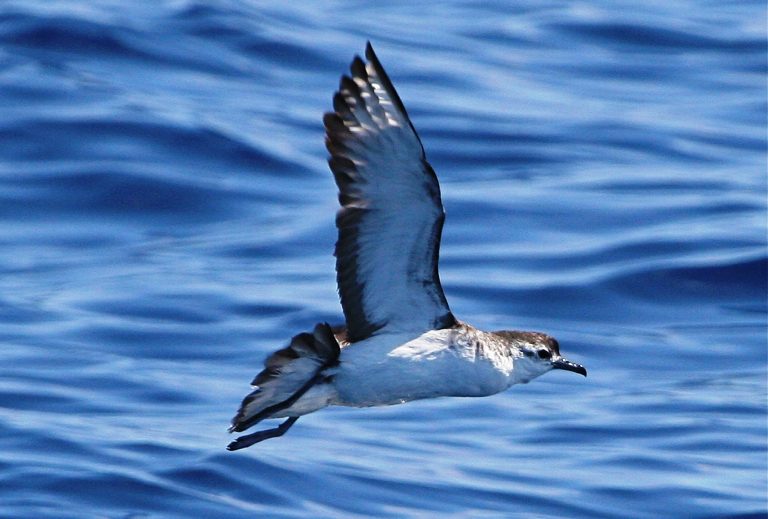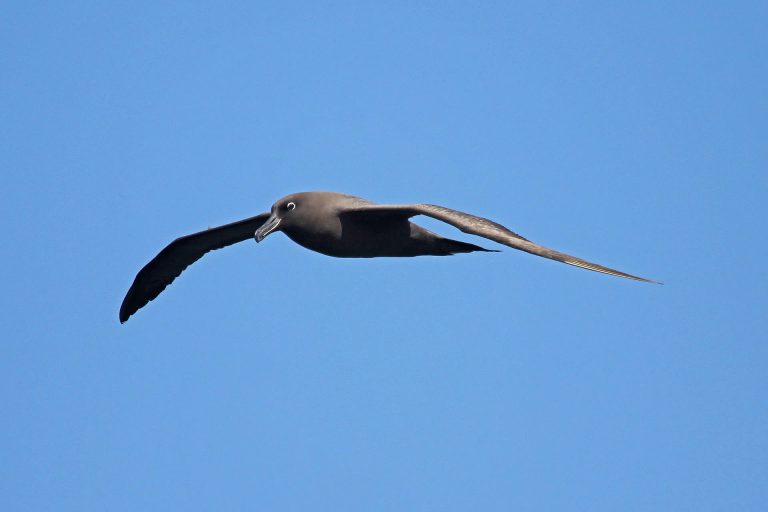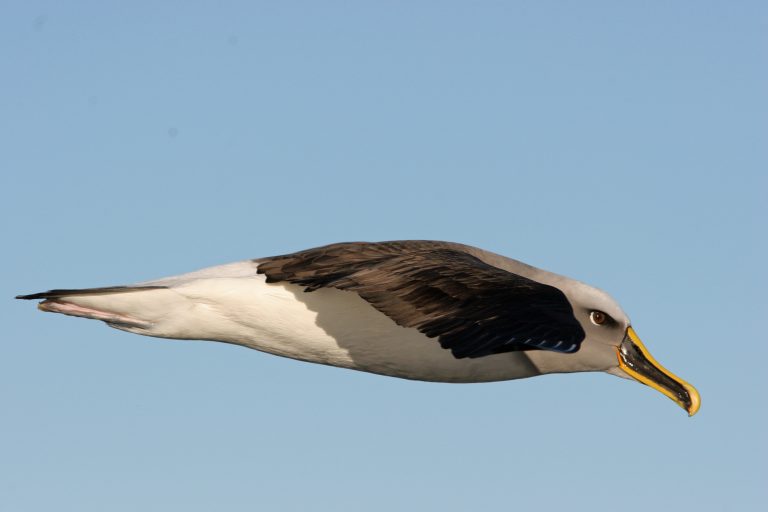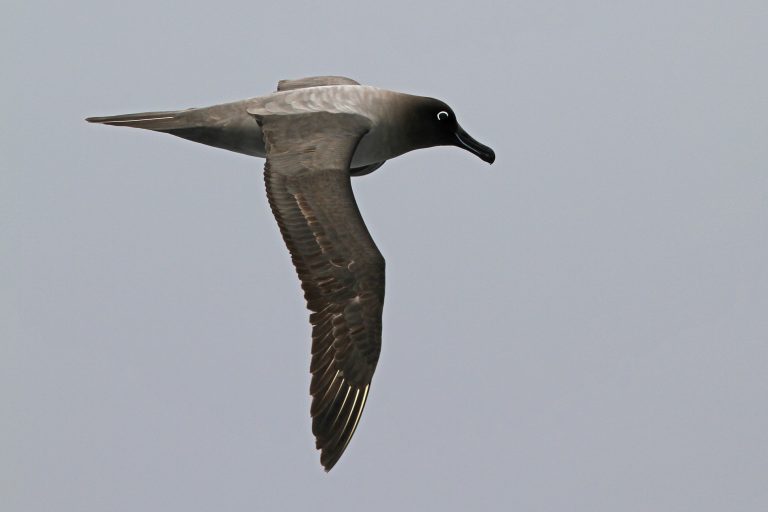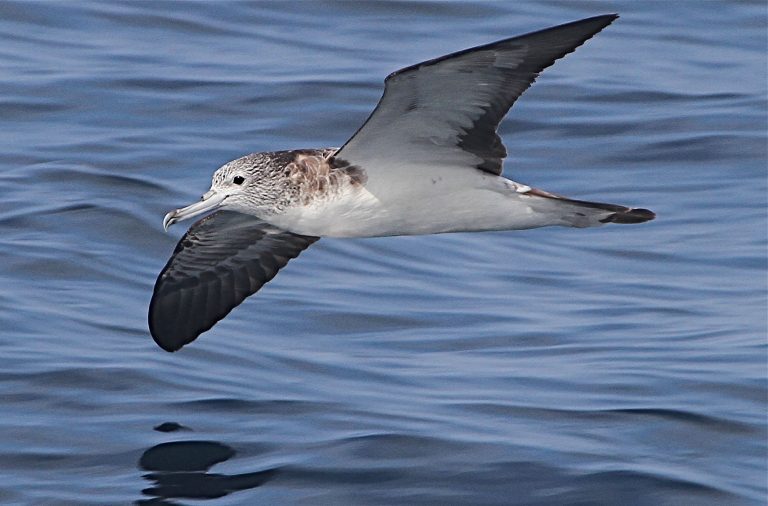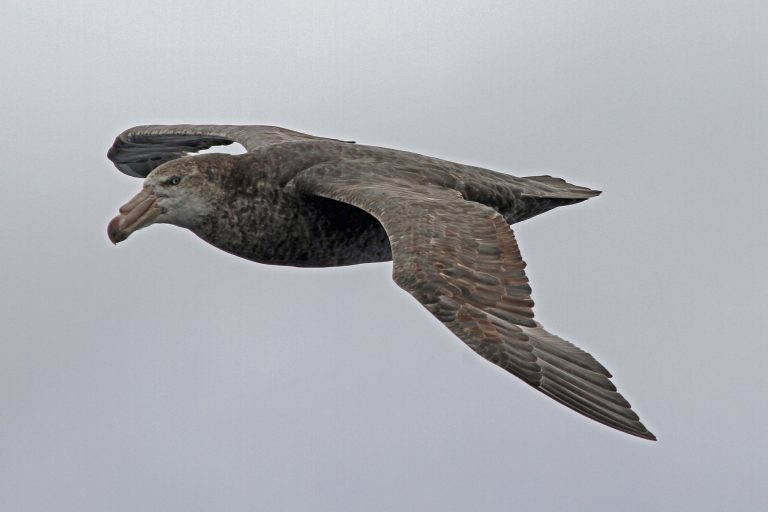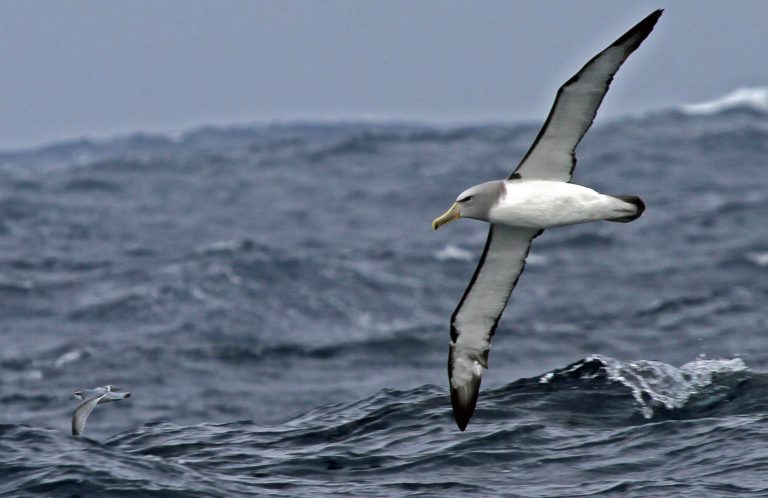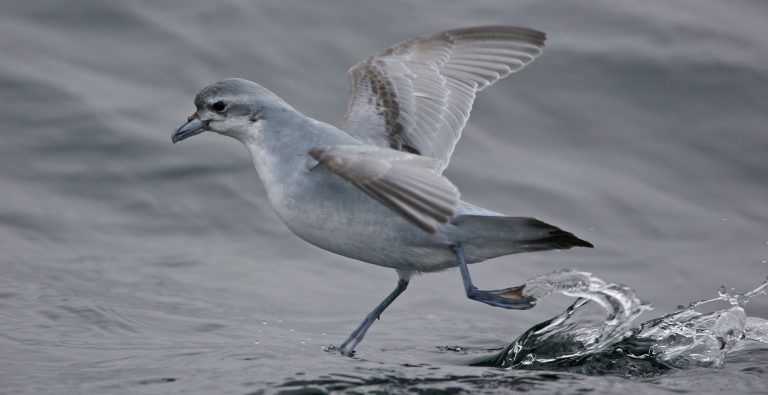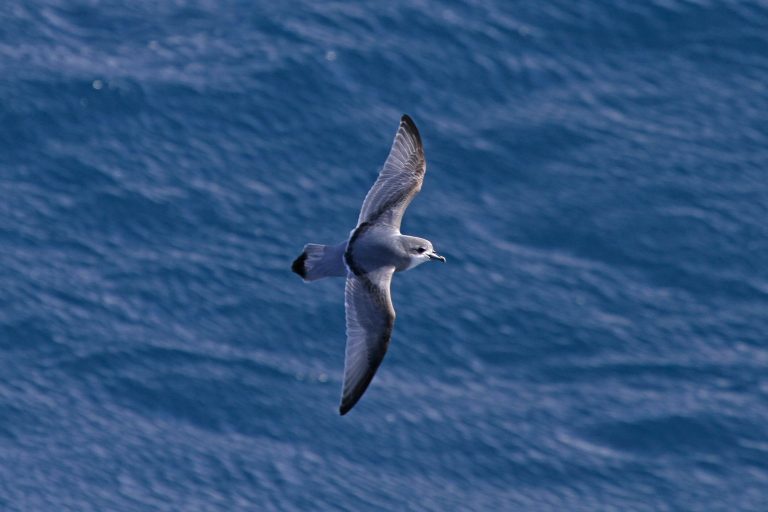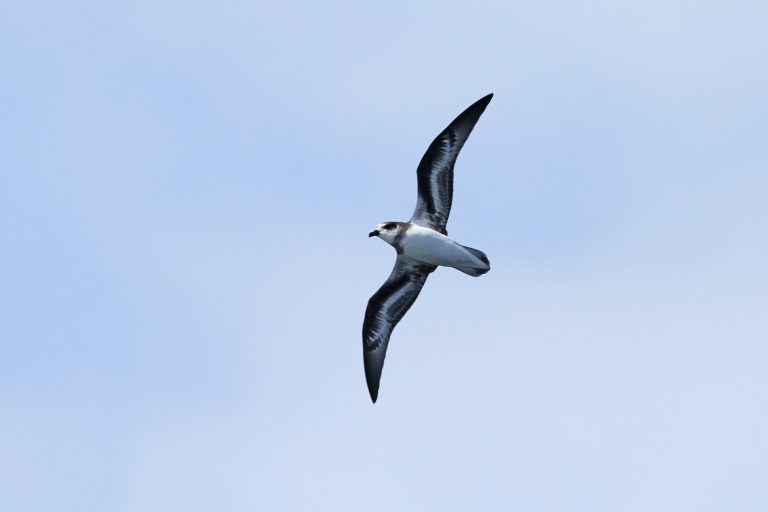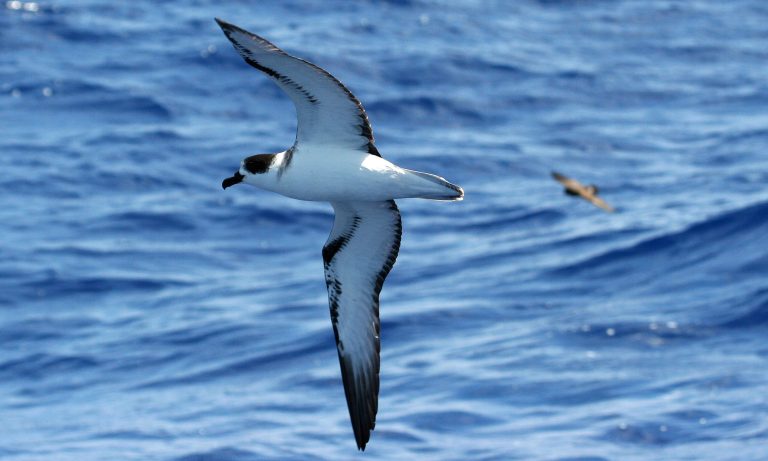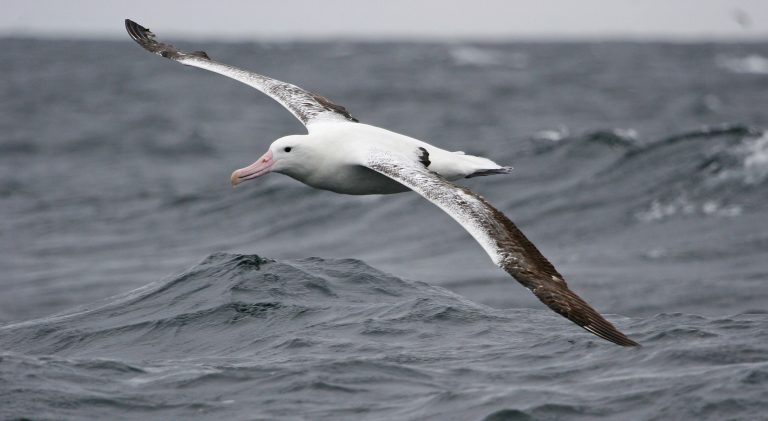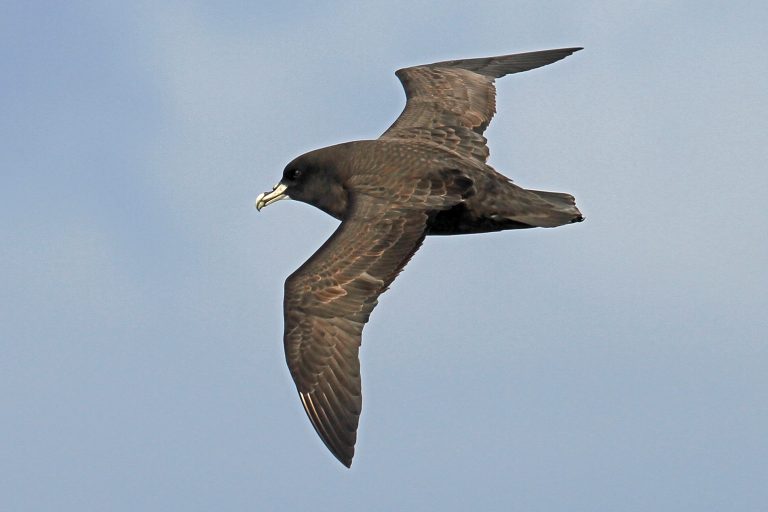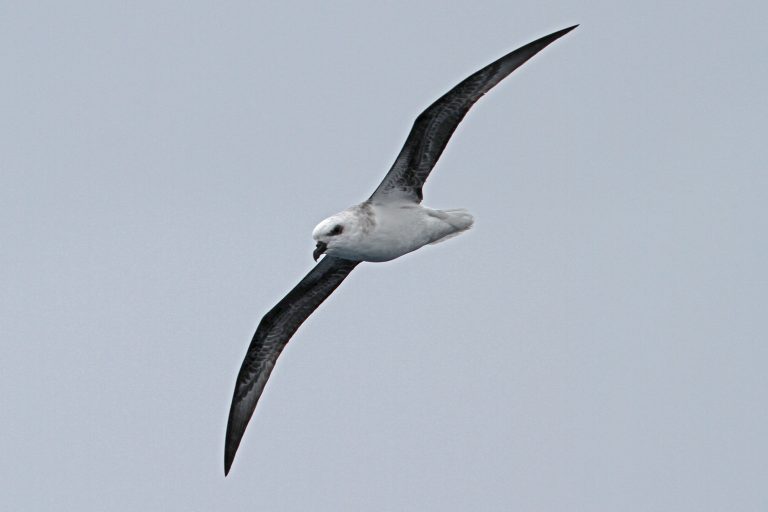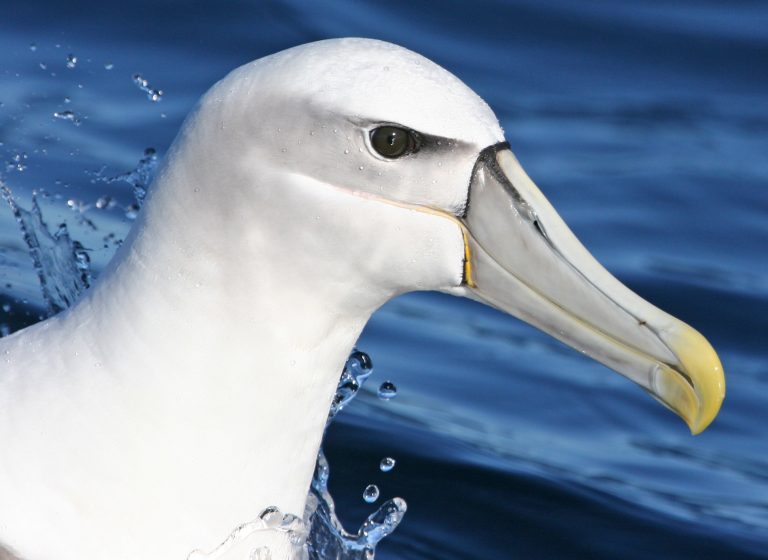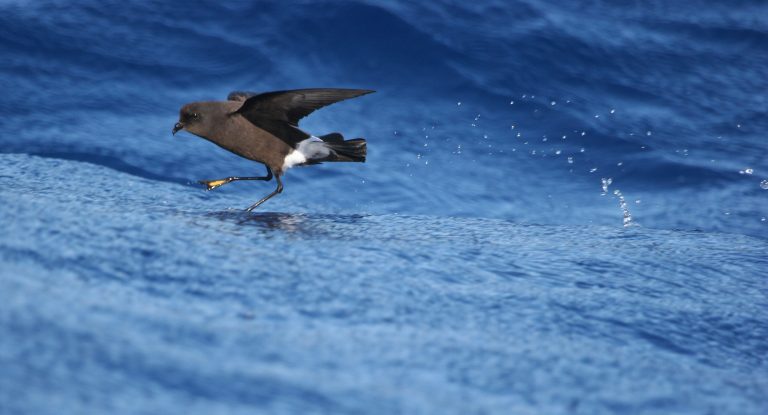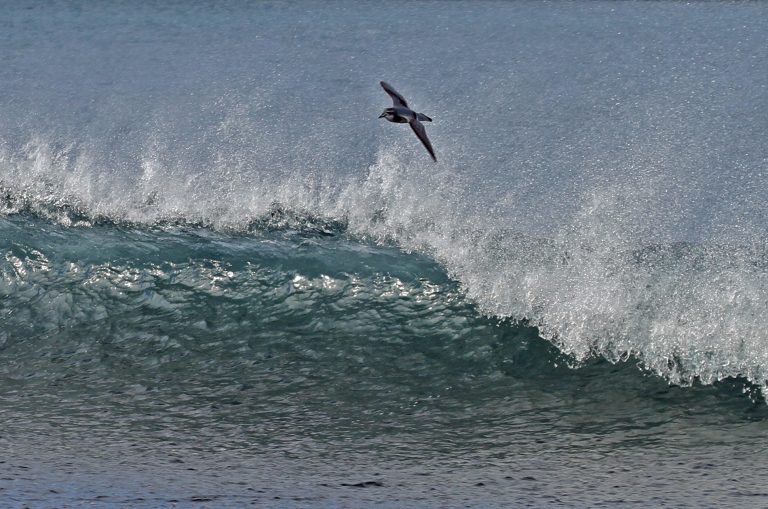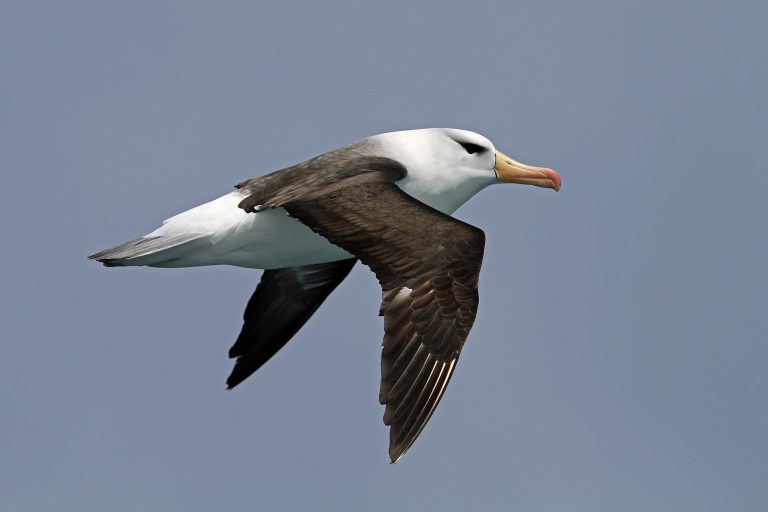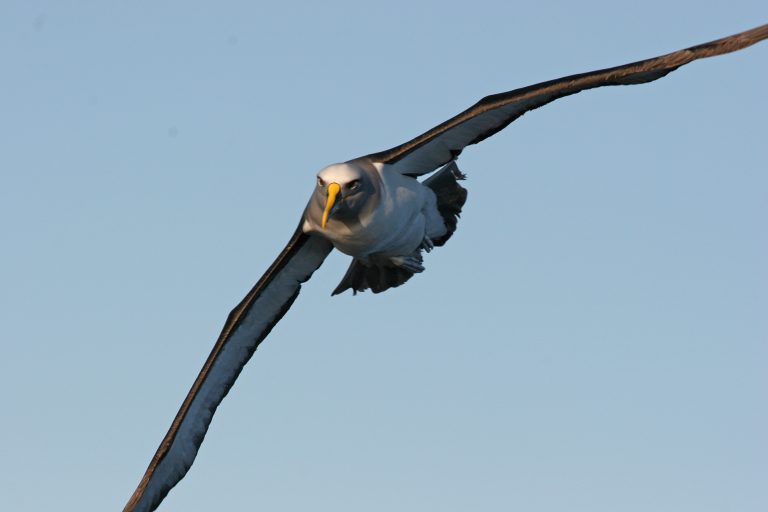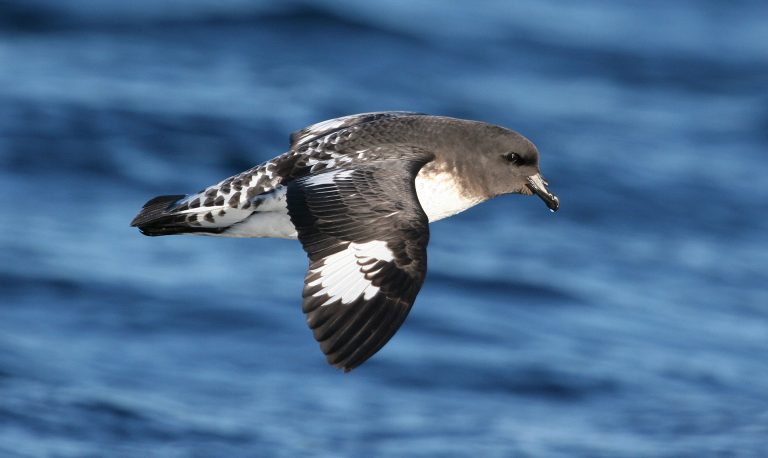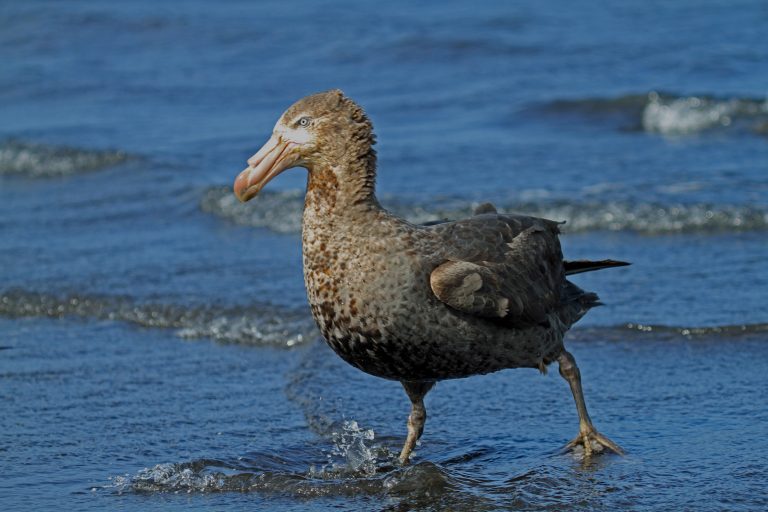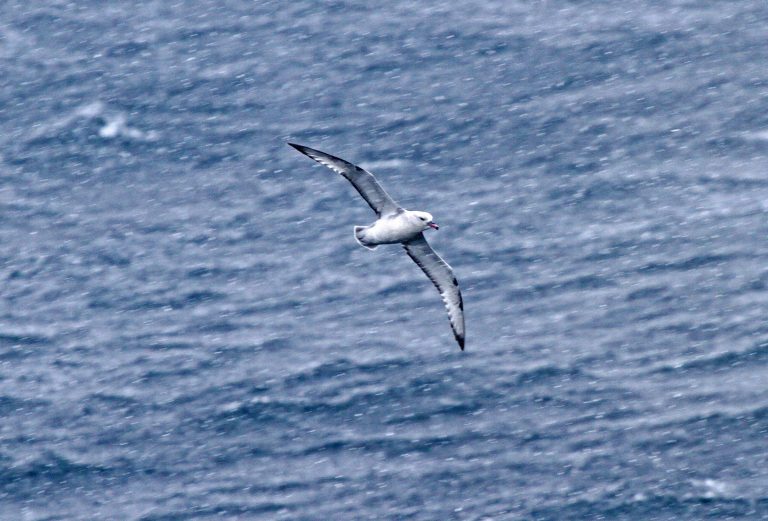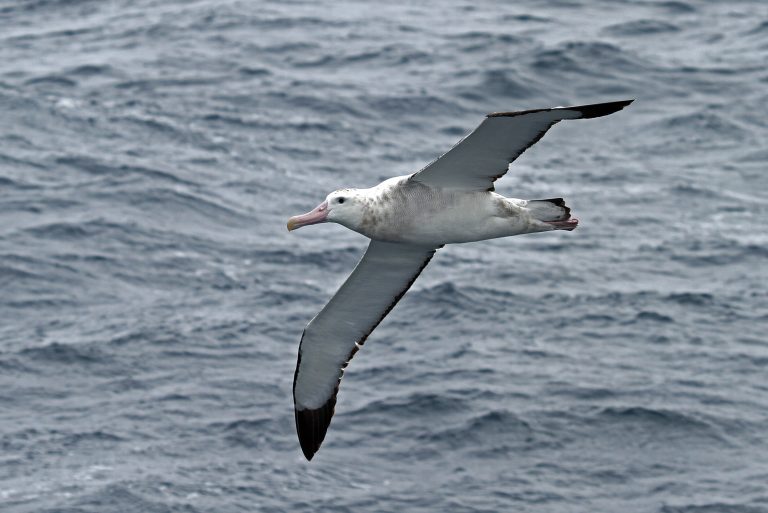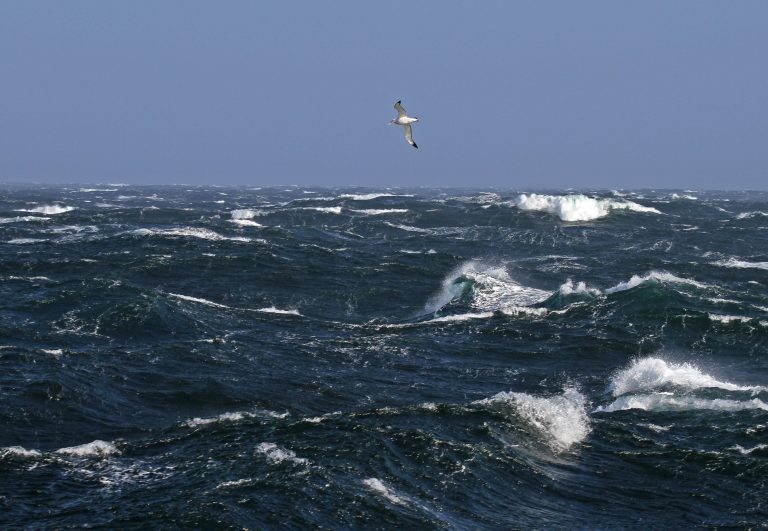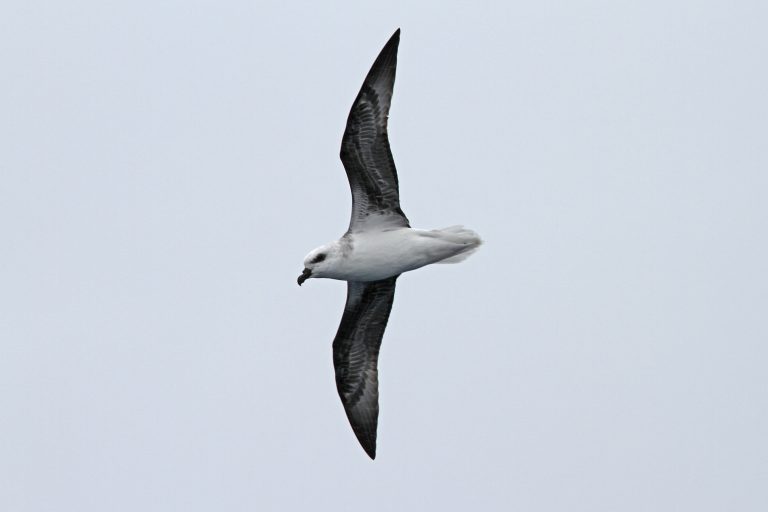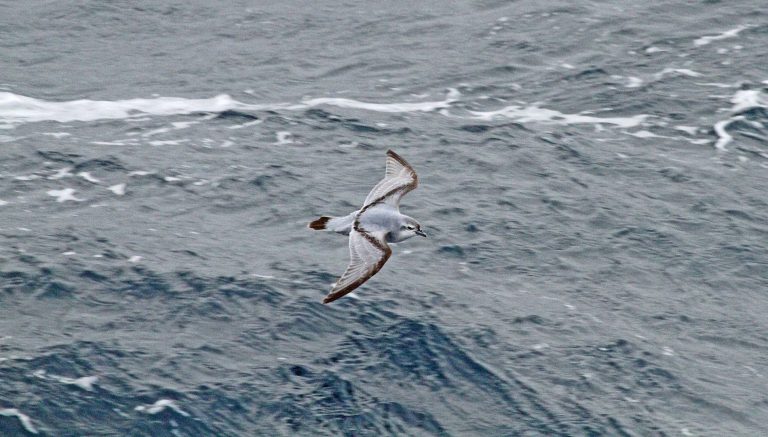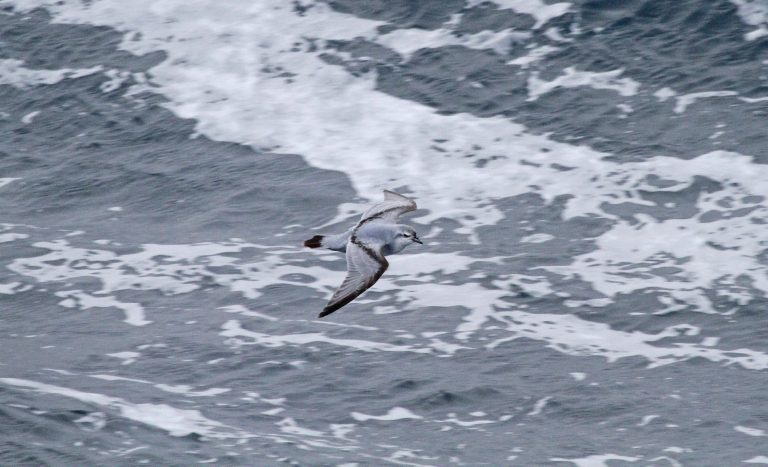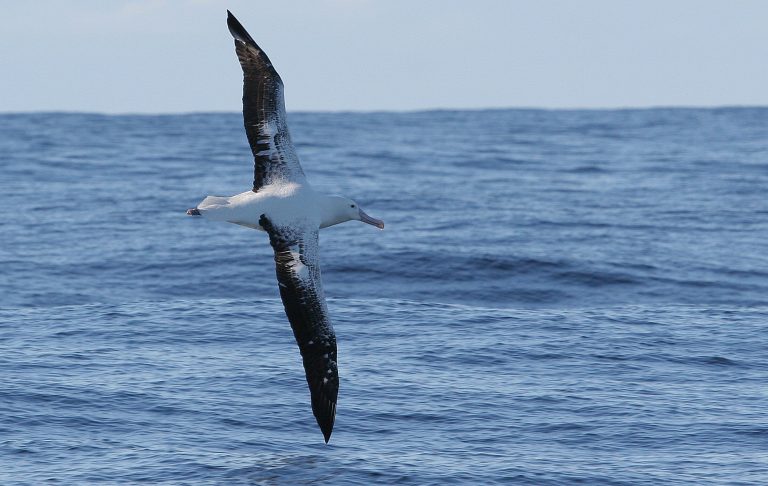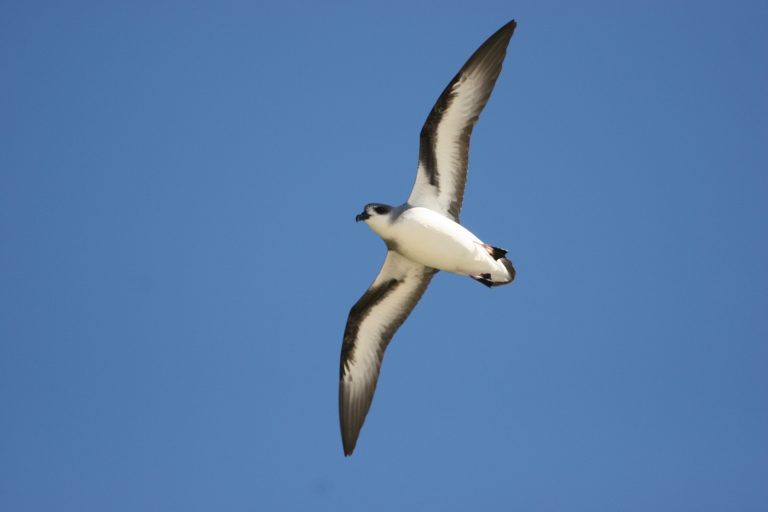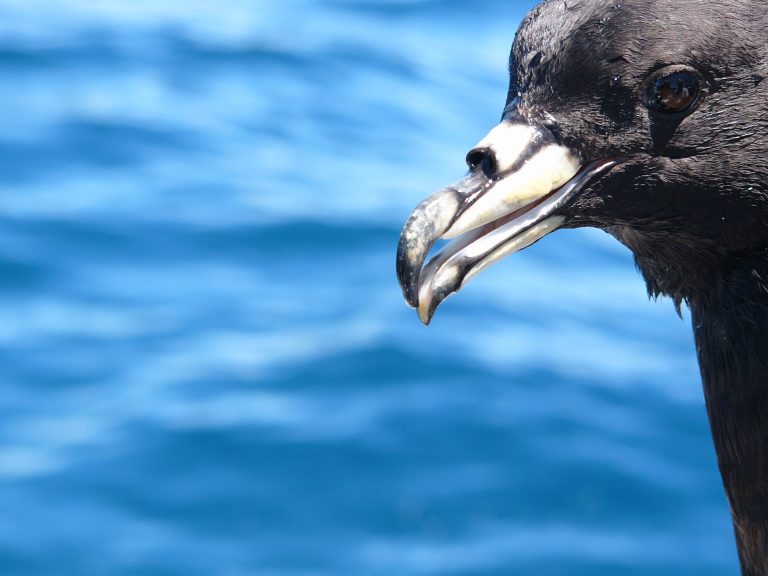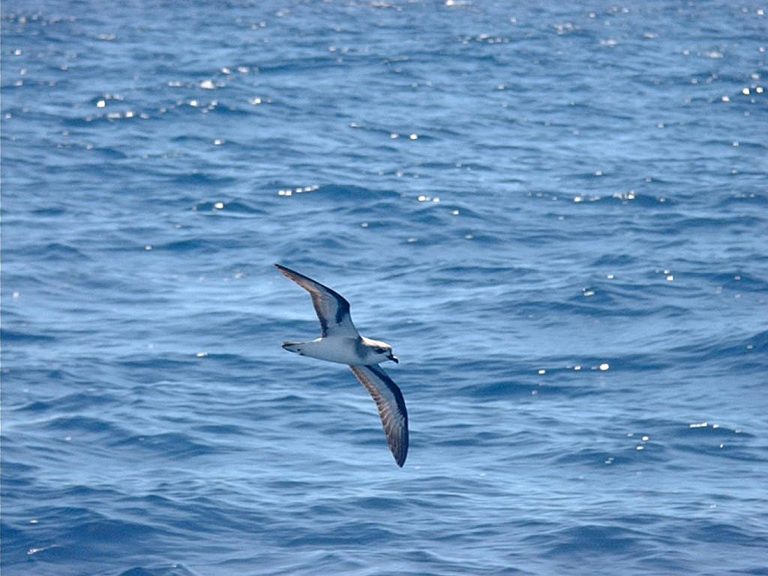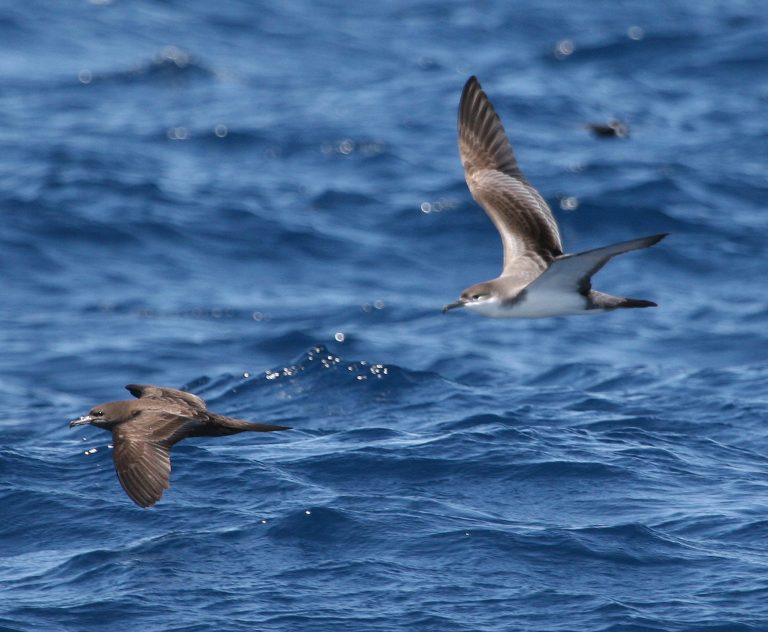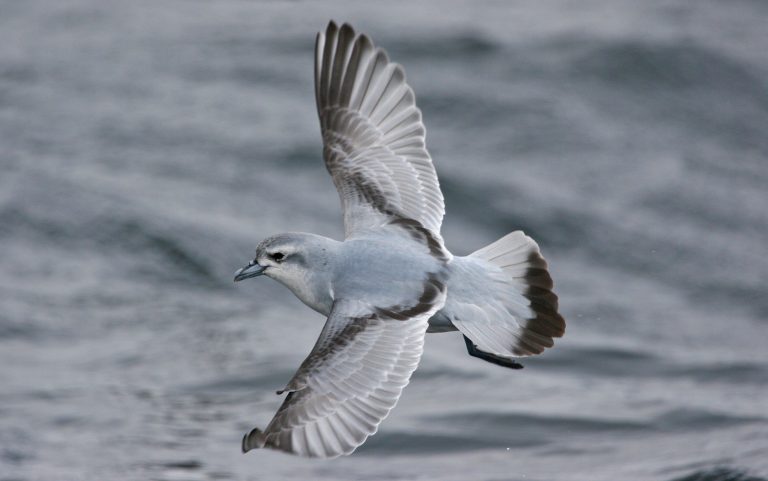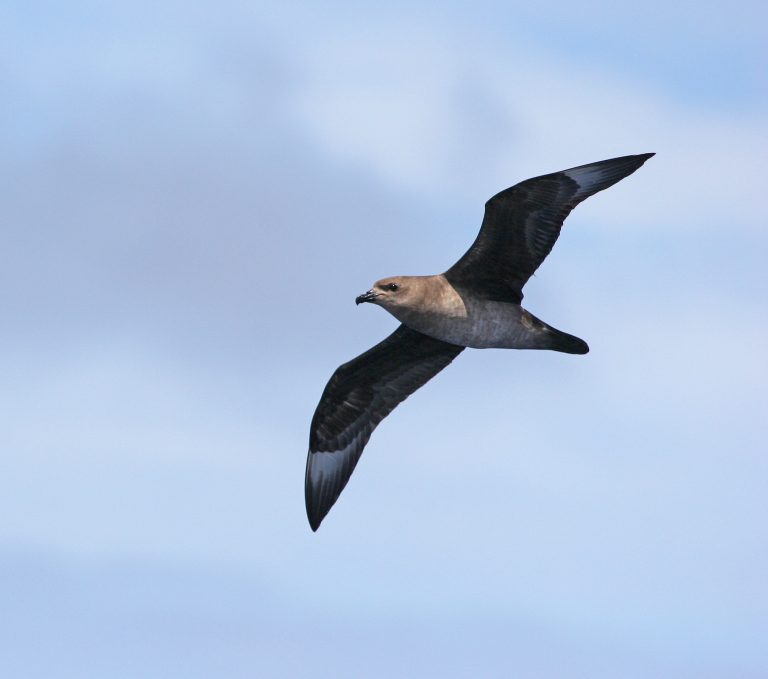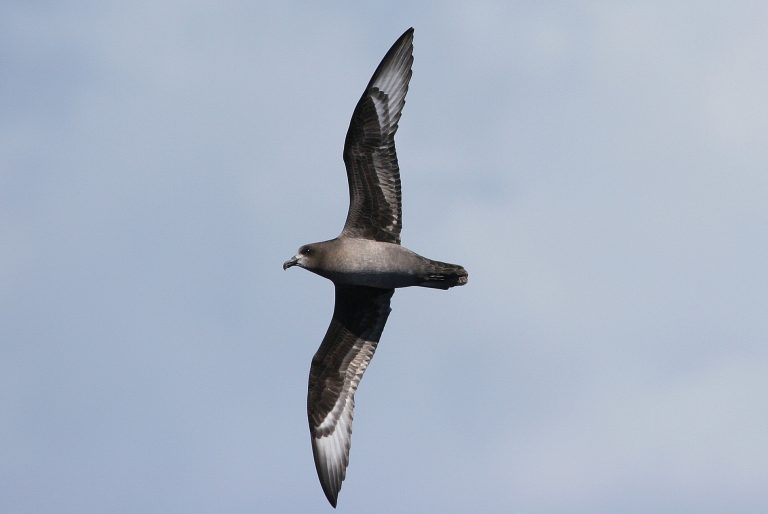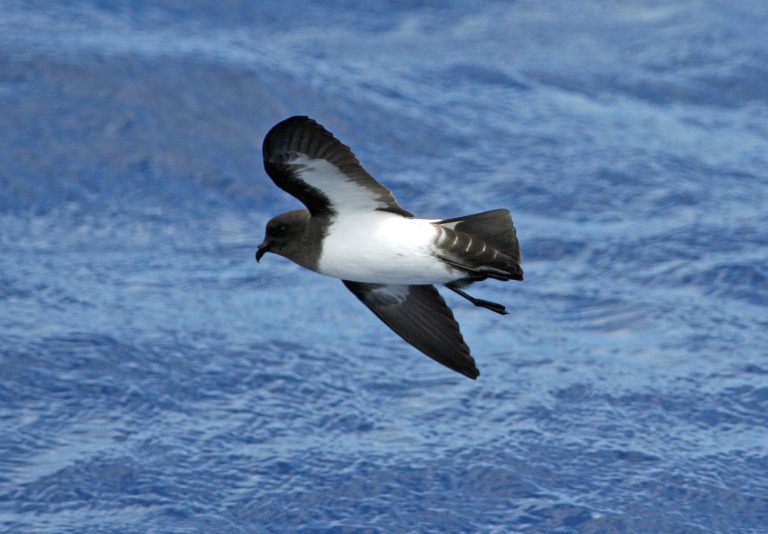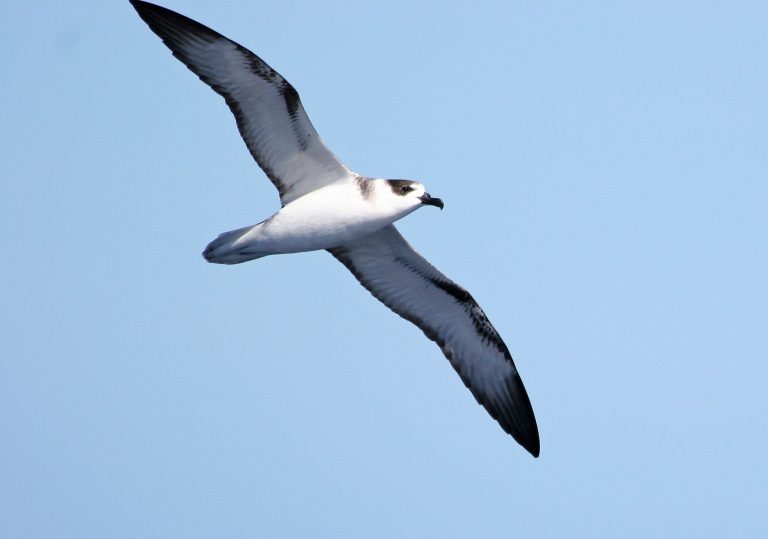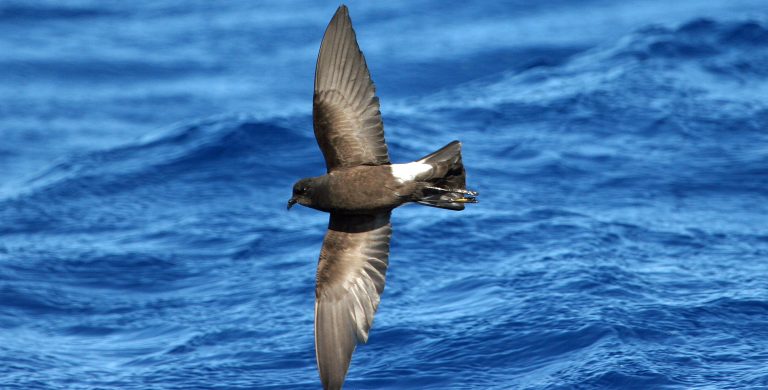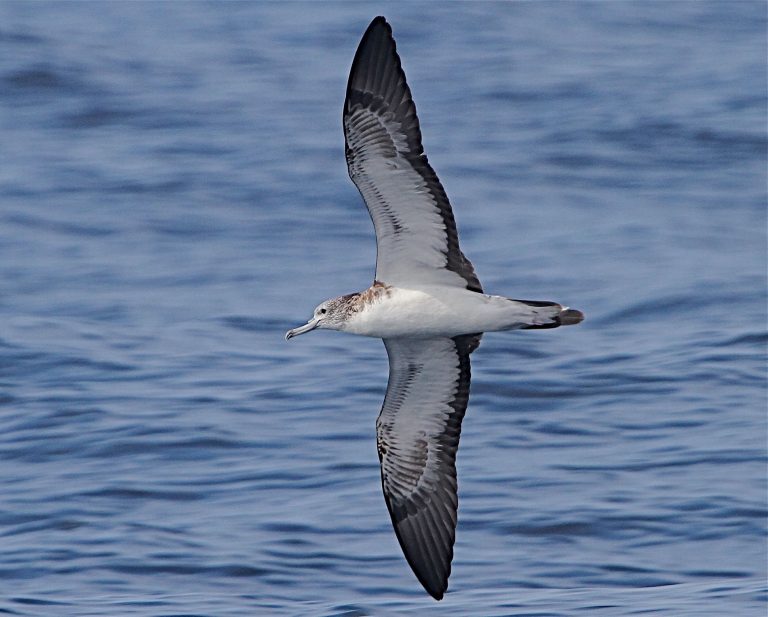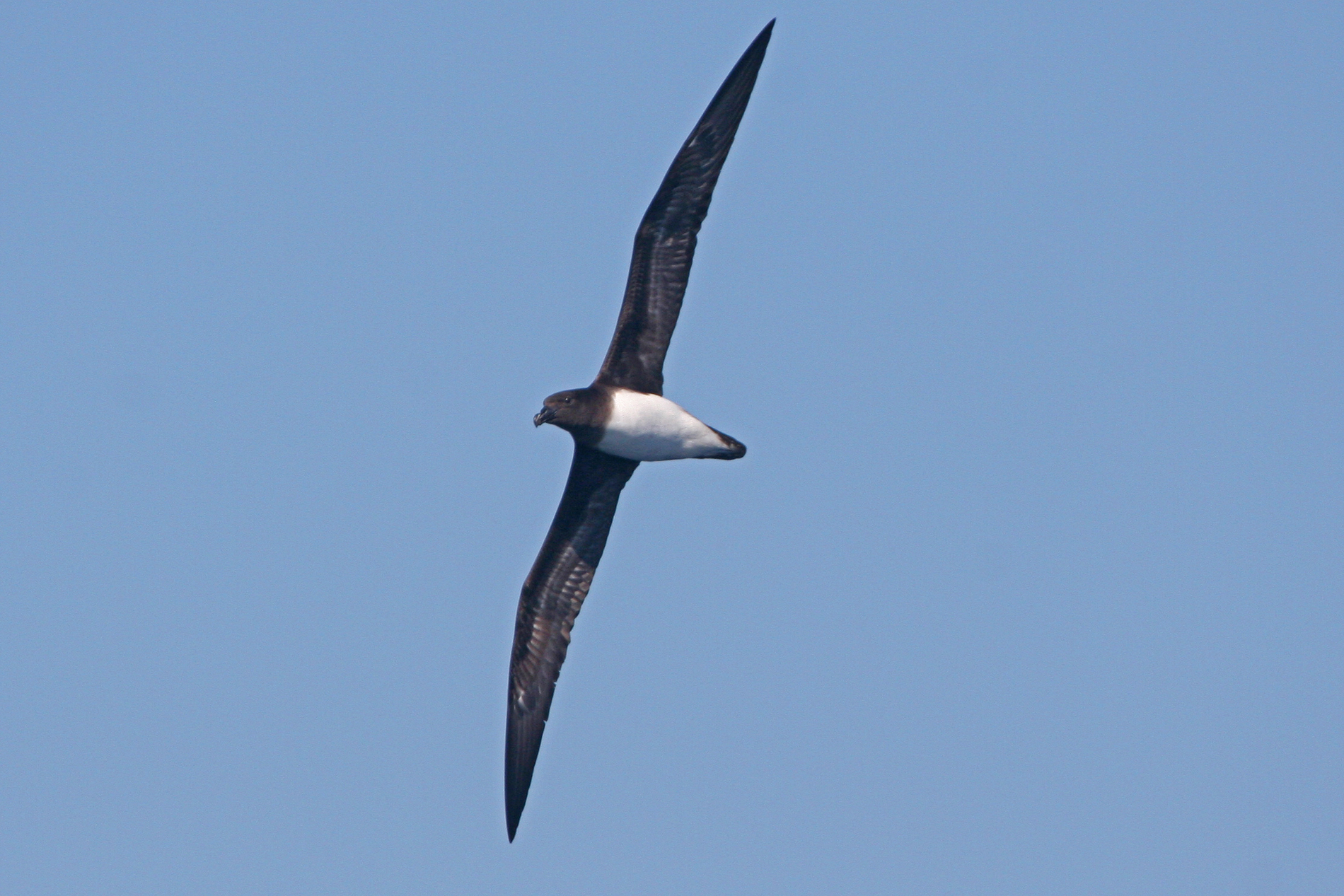We are the leaders in Australian multi-day long-range pelagic expeditions.
Phil and Richard are both fanatical seabirders who have spent hundreds of days at sea around the world in search of Pelagic seabirds. Between them, apart from a couple of recent splits, they’ve seen just about all the world’s seabirds.
Birding Tours Australia conducted their first pelagic seabird trip in 1999 from Newcastle NSW and over the next eight years we held forty seabirding trips from Swansea and Newcastle taking hundreds of local, interstate and international birders out to the shelf.
From 2004 to 2012 we also ran pelagic trips from Eaglehawk, Tasmania.
In 2008 we held an epic 21 day seabird expedition from the East Coast to Lord Howe Island, Norfolk Island and a seamount 120nm North of Norfolk Island before returning to Newcastle. Along the way we saw Westland Petrel, Mottled Petrel, Collared Petrel, Cook’s Petrel and Pycroft’s Petrel, along with an impressive list of Western Pacific seabirds.
In 2016 we conducted three successful five-day trips to Australia’s remote Raine Island to see Australia’s hardest to see breeding petrel…. Herald Petrel.
In 2017 we held an eleven day exploratory seabirding trip from Port Moresby to the remote waters of Australia’s Coral Sea Territory. Finding Tropical Shearwater and Heinroth’s Shearwater.
We have several long range Pelagic trips planned over the next few years. See below for details. If you’d like a spot on any of these please let us know. Even though we don’t have exact dates yet, some are filling fast. Even though some trips maybe 3-4yrs away, it’s best to put your name down now to secure a spot.
Coral Sea
After the success of our 2017 Coral Sea Seabird Expedition we’re keen to do it all again. This trip is still in the planning stages and we’re looking at either departing from either Alotau or Port Moresby in PNG, (Both easily accessible from Brisbane/Cairns), before heading South into Australia’s remote Coral Sea. Targets include Tropical Shearwater, Heinroth’s Shearwater, Phoenix Petrel, Band-rumped Storm Petrel, Herald Petrel, Tristram’s Storm Petrel and a long list of potential rare tropical seabirds.
Heard Island – 27 Days: Date: 20th March 2022: $21,500 – Postponed
In March 2022 we’re departing Cape Town, SA and heading to Australia’s Heard Island aboard the 39m expedition ship Braveheart, arriving 27 days later in Albany. Heard Island is truly like nowhere else in Australia. It is our very own version of South Georgia, lying south of the Antarctic Convergence, remote, glaciated, cold, windy and spectacular with Australia’s highest mountain dominating the skyline.
We’re going in search of almost mythical birds to Australian birders such as Black-faced Sheathbill, Heard Island Shag, Fulmar Prion, South Georgian Diving Petrel and Macaroni Penguin as well as Snow Petrel. The last time I visited Heard Island in 2012 we had two Snow Petrels not far from shore, near the entrance to Atlas Cove! All the rare Southern Indian Ocean tubenoses such as Southern Fulmar, Kerguelen Petrel, Blue Petrel, Sooty Albatross, Grey-headed Albatross are common and we’ll of course be on the lookout for possibilities such as Antarctic Petrel and vagrant penguins.
As a part of the Heard Island Seabird Expedition we were also running a repositioning trip from Albany to Hobart and 2-3 trips to the Soela Seamount. These are also postponed and if we can get the Heard Island trip up and running again we will endeavour to incorporate these. Those that have already booked will be notified as soon as anything is organised.
Albany to Hobart – 10 Days: Date: 17-26th April 2022: $3500 – Postponed
We’ll depart Albany in April 2022 and head to the shelf continuing east towards the famous seabird and cetacean hot-spot, Bremer Canyon. After a full day at the canyon we’ll continue to follow the shelf east, progressively reaching deeper water and following our border to the west coast of Tassie and around the corner to Hobart. We’ll of course be burleying the entire way.
Soela Seamount – Out and back. 5 days Date: 28/4 to 2/5/2022 Cost: $2800 – Postponed
The following trip is from Hobart where we’ll travel 180nm South East of Tasmania to the legendary Soela Seamount, home to one of Australia’s richest concentration of Southern Ocean seabirds. Our main targets here are Broad-billed Prion, Pycroft’s Petrel and Chatham Albatross but the list of possible species in the area at this time of year is staggering and includes ninety percent of all Southern Ocean tubenoses.
